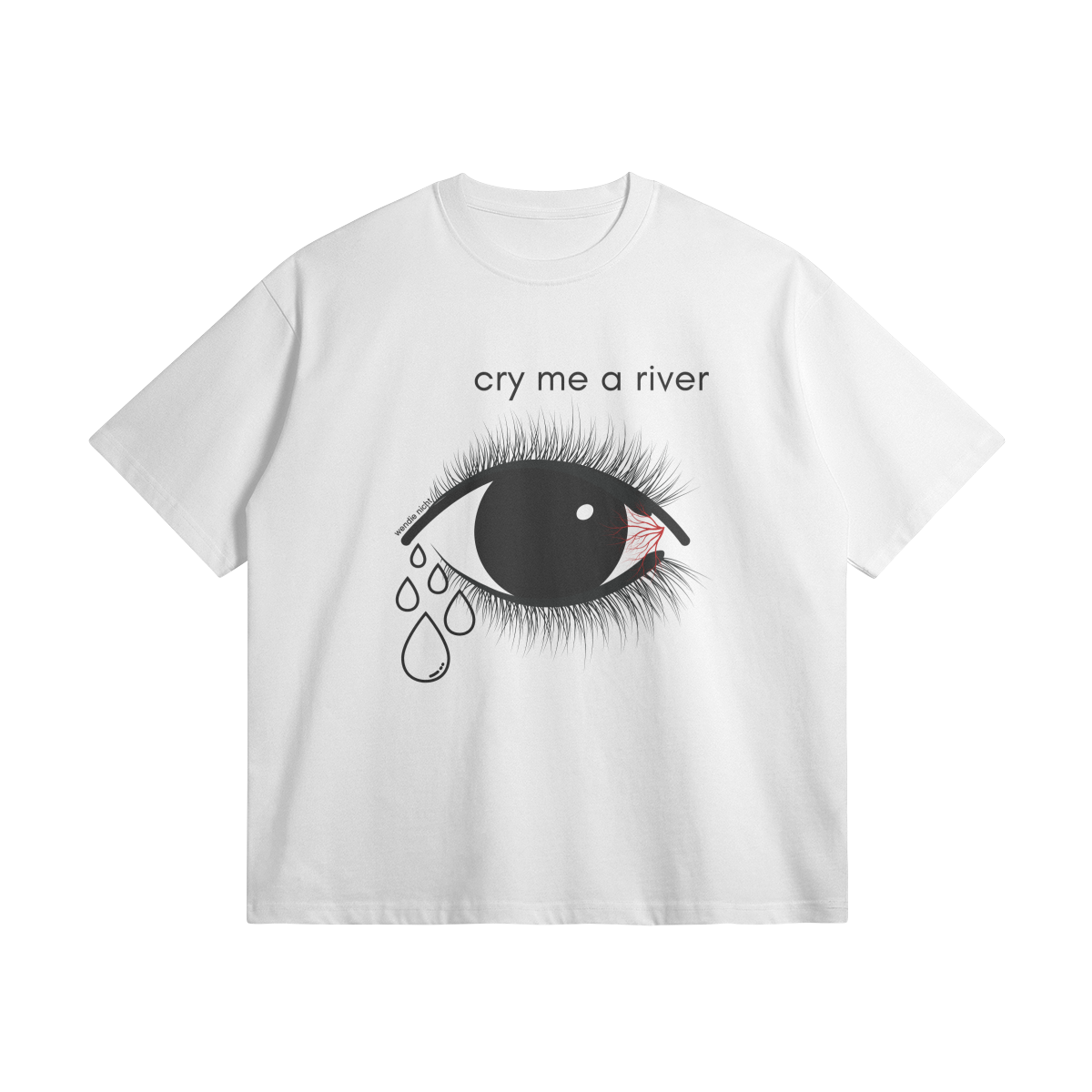 Image 1 of 6
Image 1 of 6

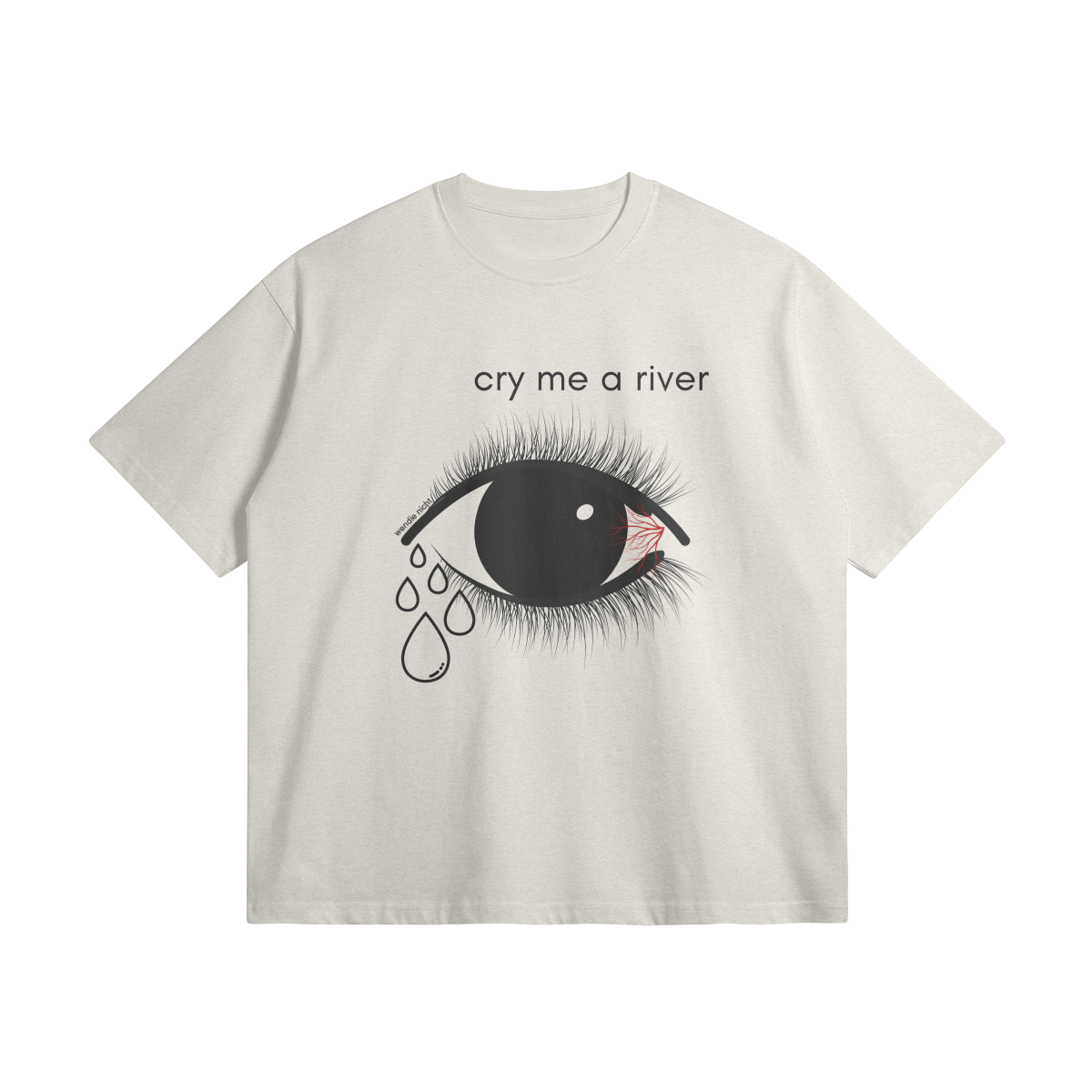 Image 2 of 6
Image 2 of 6

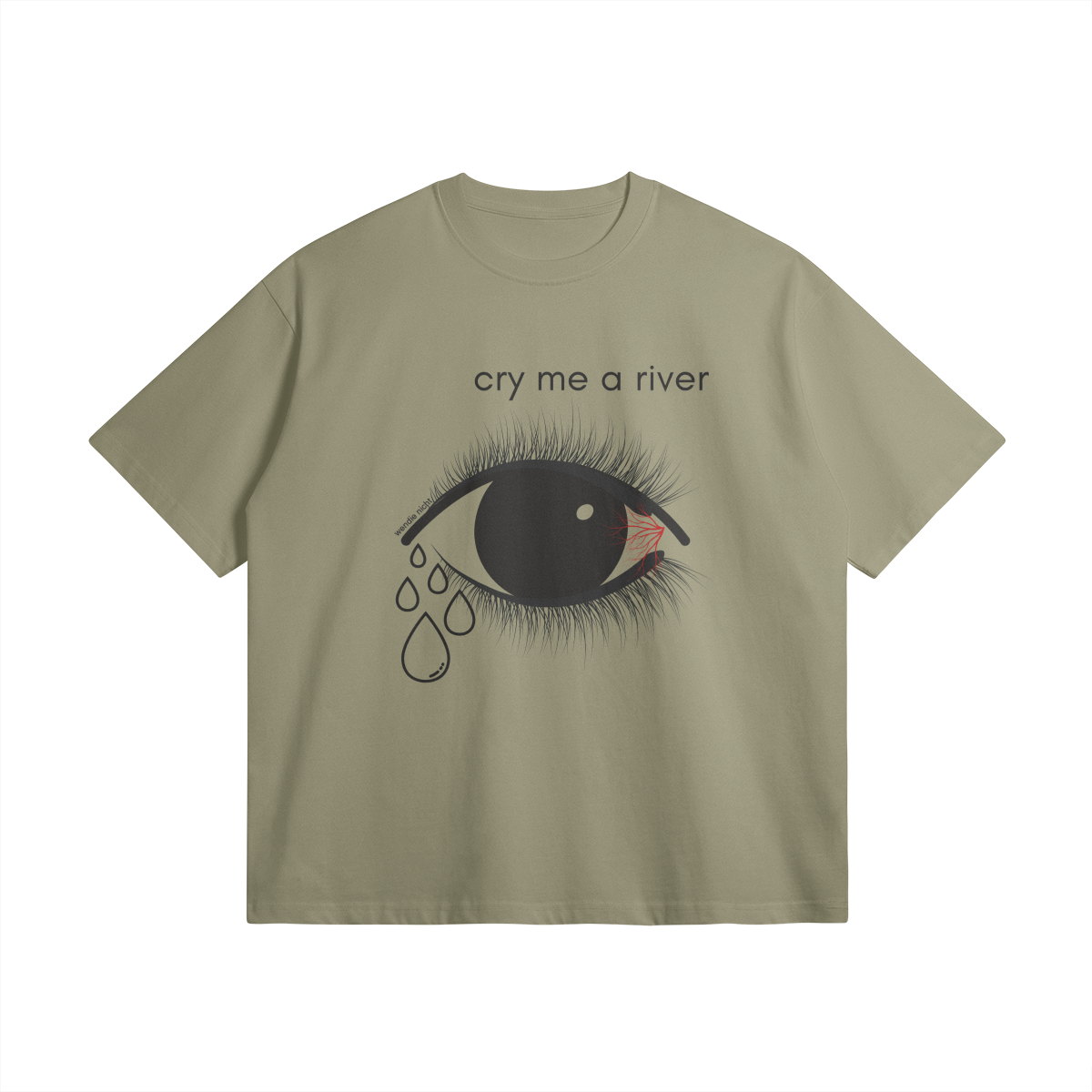 Image 3 of 6
Image 3 of 6

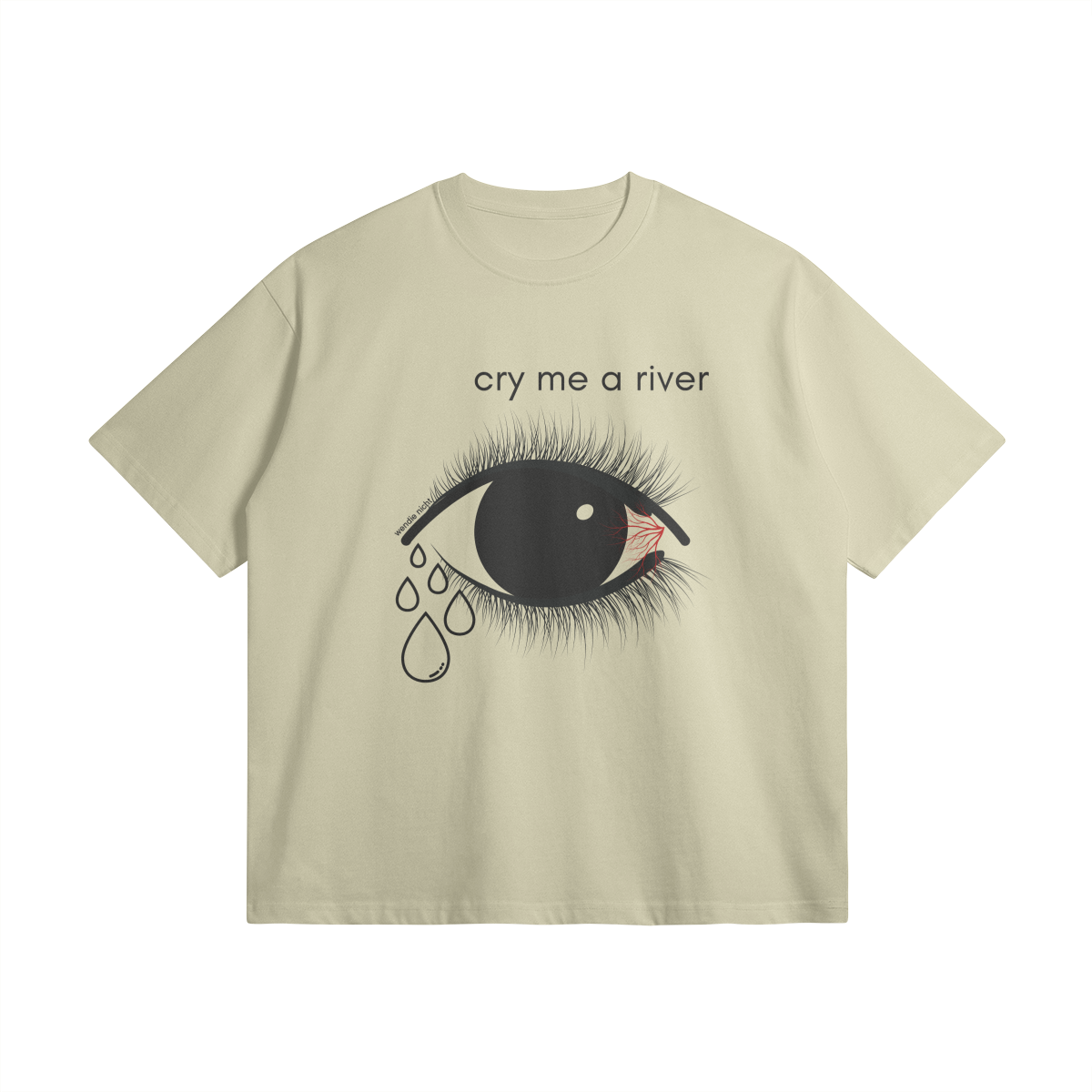 Image 4 of 6
Image 4 of 6

 Image 5 of 6
Image 5 of 6

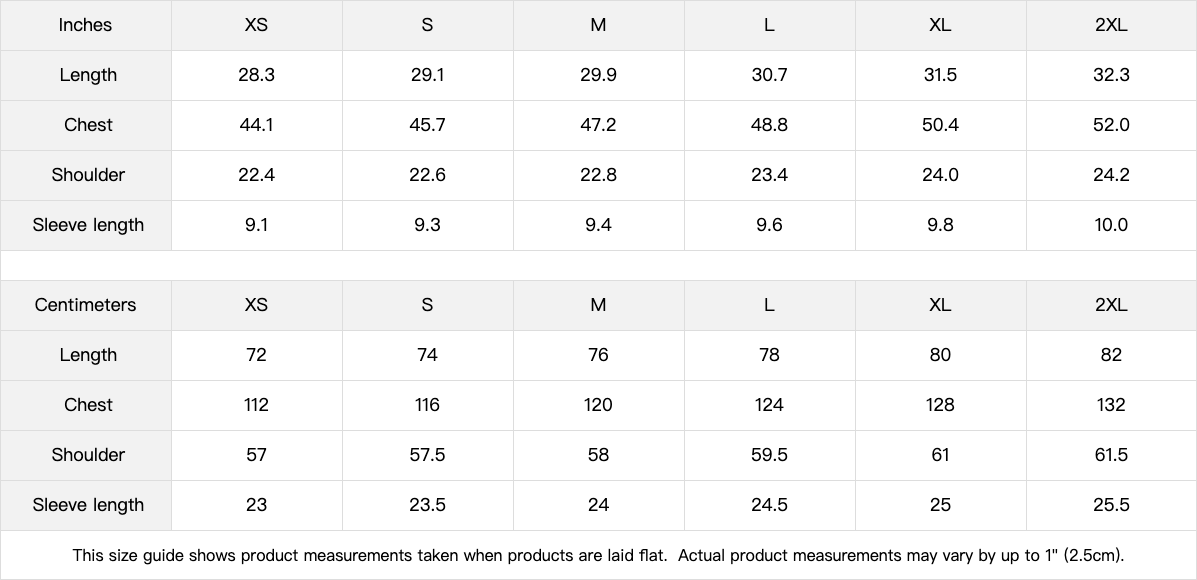 Image 6 of 6
Image 6 of 6







Cry Me A River
Research around crying indicates that when we cry the body releases endorphins and oxytocin. These chemical messengers assist in relieving emotional distress and physical pain. Therefore crying is a self-soothing behavior. We cry for a number of practical reasons including, as a call for help, relief of pain, formation of bonds, processing emotions, sympathizing or to get our needs met! Crying is a reaction to wide range of emotions and can have both negative and positive impacts depending on the reason one is crying and their emotional state at that moment in time. We can present as emotionally vulnerable or conversely indicate strength and resilience when crying! Mental illness can elicit crying responses. Bipolar individuals can cry uncontrollably due to extreme mood changes, people diagnosed with depression may cry without explanation and those with significant episodes of anxiety cry often or uncontrolled.
Research around crying indicates that when we cry the body releases endorphins and oxytocin. These chemical messengers assist in relieving emotional distress and physical pain. Therefore crying is a self-soothing behavior. We cry for a number of practical reasons including, as a call for help, relief of pain, formation of bonds, processing emotions, sympathizing or to get our needs met! Crying is a reaction to wide range of emotions and can have both negative and positive impacts depending on the reason one is crying and their emotional state at that moment in time. We can present as emotionally vulnerable or conversely indicate strength and resilience when crying! Mental illness can elicit crying responses. Bipolar individuals can cry uncontrollably due to extreme mood changes, people diagnosed with depression may cry without explanation and those with significant episodes of anxiety cry often or uncontrolled.
